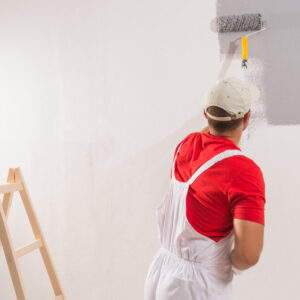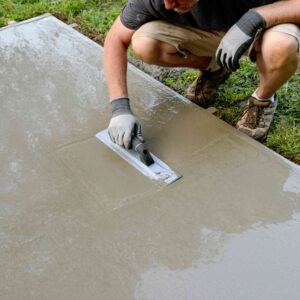One of the biggest benefits of restoring a home’s roof is the increased aesthetic appeal. The
home’s value will increase as potential buyers are more likely to make a decision within the first
five minutes. Moreover, restoring a home’s roof is a more environmentally-friendly alternative
than tearing it off and disposing of it. When done correctly, restoring roofs can even qualify for
Energy Star credits.
Damage to a roof can worsen over time if left unattended. These damages can become more
expensive and more difficult to repair. Roof restoration is a great way to save money on your
electric bill. Restoring a roof can prevent costly damage and structural damage. The restoration
is more expensive than the money you save in energy bills.

A well-restored roof can also extend the life of your home. Depending on the type and extent of
restoration, it could even double its lifespan. Besides, it will prevent leakage, which is
uncomfortable and potentially dangerous. You can also prolong the life of your roof by restoring
it in a timely manner. This will reduce your energy bills and prevent future damage to your home.
It will also save you money as it will not require costly replacements.
Another benefit of restoring a roofing system is its environmental benefits. A restored roof will
help to reduce the harmful emissions that were emitted during construction. Because it doesn’t
require demolition and construction, a roof repair system is much more ecofriendly than a
replacement. It is also quicker, cleaner, and has fewer materials to dispose of. It will also help
your building qualify to receive energy-efficiency credits.
The average lifespan of a roof on a home is 39 years, according to the federal government. A
roof that lasts longer can help reduce the cost of repairs in the future. In addition, maintenance
budgets are used to finance most restoration projects, which can also provide a tax benefit. Roof
restoration is tax-deductible because it can be expensed directly as maintenance. Further, the
cost of the restoration process can be offset by energy-efficiency rebates or tax credits.
Roof restoration also has an aesthetic benefit. Neglected roofs can cause tiles to rise and
expose fastenings. These problems can make a home look unkempt and lower the property’s
value. These are all important benefits. Roof restoration is also a good long-term investment.
With the costs of roof restoration largely covered by insurance premiums, there is no excuse not
to get the job done.
Roof restoration not only saves money but also provides other benefits. By increasing energy
efficiency, a home’s roof can add anywhere from 10 to 15 years to its lifespan. A roof restoration
can be eligible for tax benefits. 100% of the cost of the process is deductible. You can also
reduce your home’s energy costs. That means more money in the pocket! Roof restoration is an
option for those who own a business.
Roof restoration is more affordable than roof
replacement. Roof restoration costs 50 to 70% less
than full roof replacements and is much more affordable per square feet. Because a typical roof
restoration involves only surface repairs, it can increase the lifespan of a home by 10 to 15%.
Roof restoration is a good investment, especially if you have a tight budget and plan to replace
the roof.
Roof restoration is more sustainable for the environment. Most roof restoration contractors use
ceramic materials to block heat from the outside to the interior. This makes a home look brand
new and increases its worth. A well-maintained house will attract buyers, and increase the
property’s worth. This is essential because a home that is kept in good condition will sell for the
best price.




